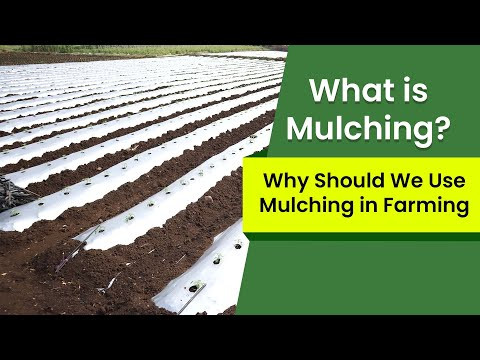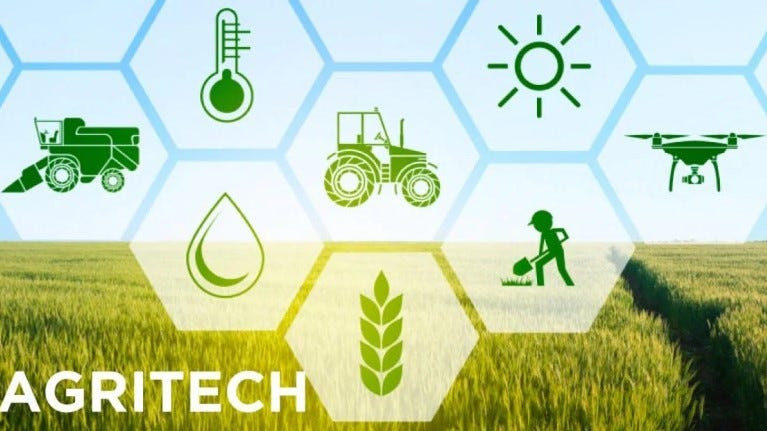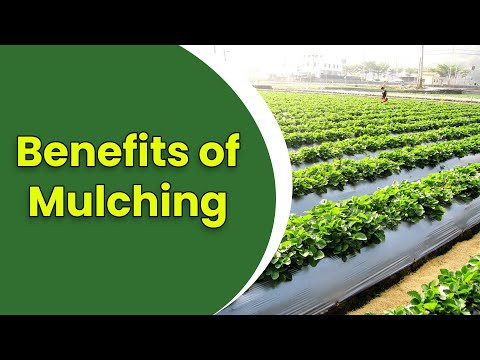Sustainable Mulching-A Greener Approach to Agriculture
Jan 16, 2024
Agriculture

Mulching in Agriculture: Nurturing Crops and Budgets
Introduction to Mulching in Agriculture
In the vast realm of agriculture, mulching has emerged as a vital practice with far-reaching benefits for farmers worldwide. This article explores the intricacies of mulching, its advantages, application techniques, economic impact, and sheds light on the often overlooked aspect – mulching prices.
Benefits of Mulching
Mulching goes beyond the visual appeal it brings to fields. It plays a crucial role in soil health and crop productivity. One of its primary benefits is Soil Moisture Retention, ensuring that crops have a steady water supply, especially during dry spells. Additionally, mulching aids in Weed Control, reducing competition for nutrients and water. The article will also discuss how mulches contribute to Temperature Regulation, creating a conducive environment for plant growth.
Types of Mulching Materials
Farmers have a plethora of options when it comes to mulching materials. From traditional straw to modern biodegradable films, the choices are diverse. Organic Mulches, such as straw, bark, or compost, enrich the soil as they decompose. In contrast, Inorganic Mulches, like plastic or fabric, offer longer-lasting weed control and moisture retention.
Factors to Consider When Choosing Mulching Materials
Choosing the right mulching material depends on various factors. Climate influences the decay rate of organic mulches, while Crop Type may require specific types of mulches. Additionally, the Cost factor cannot be ignored, making it essential for farmers to strike a balance between effectiveness and affordability.
Application Techniques for Mulching
The effectiveness of mulching depends on proper application techniques. The article will delve into considerations like the Thickness of Mulch Layer, the importance of Mulching Around Plants, and the advantages of Mulching in Rows for certain crops.
Economic Impact of Mulching in Agriculture
Beyond the fields, mulching has a profound economic impact. Farmers experience cost savings in water usage, reduced need for herbicides, and enhanced soil fertility. The article will present real-life examples in the form of Case Studies on Mulching Success, showcasing increased crop yields and financial benefits.










